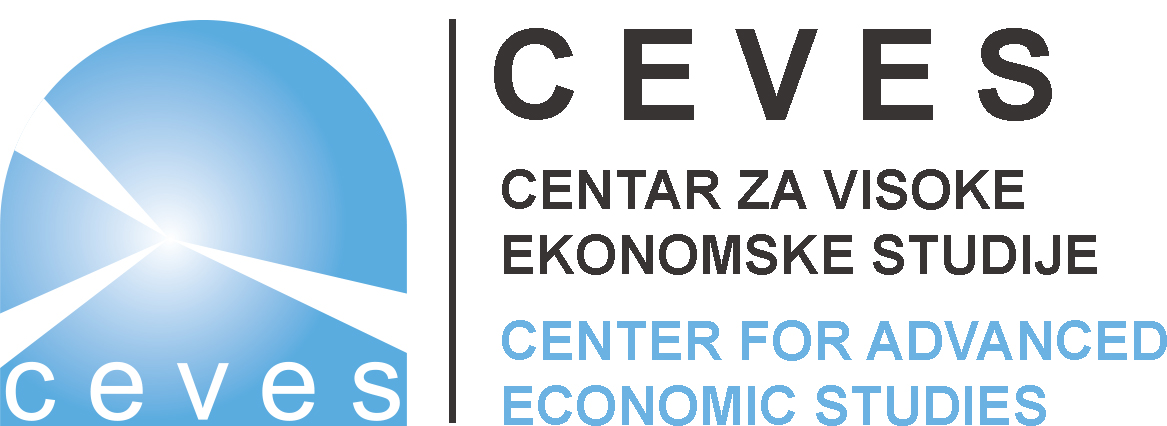USAID Sustainable Local Development Project is active in 32 cities and municipalities in Serbia. The aim of one of the components of the Project is to strengthen businesses’ activities and to increase their comparative advantage in order to enhance the generation of income and to maximize product placement to the new, mostly foreign markets. Each of these municipalities have been supported in one particular industry the most relevant for this area. Business profiles show quick facts about these municipalities, such as the total population, number of formally employed, average wage, main industries and exports, etc.
The following cooperation between municipalities is established in eight general municipalities: IMC Subotica, IMC Novi Sad, IMC Zrenjanin, IMC Kraljevo, IMC Uzice, IMC Novi Pazar, IMC Nis and IMC Vranje.
1. IMC Subotica – IMC Subotica Business Profile
IMC Subotica covers municipalities of Subotica, Sombor and Kanjiza. USAID SLDP support is reflected in agriculture. Specifically, in equipping the laboratory of Public Health Institute in Subotica and Regional Educative Center in Sombor. The aim is to increase the comparative advantage and the capacity of agricultural producers. The result should be increased placement of fruits, vegetables and cereals to the domestic and foreign markets.
2. IMC Novi Sad – IMC Novi Sad Business Profile
IMC Novi Sad covers municipalities of Novi Sad, Beocin, Temerin and Sremski Karlovci. USAID SLDP support is reflected in metal industry and IT industry. The goal is strengthening and expanding the capacity of Vojvodina Metal Cluster (VMC) in order to increase exports of metal industry in 2014 and to increase the employment and business revenues in IT industry.
3. IMC Zrenjanin – IMC Zrenjanin Business Profile
IMC Zrenjanin covers municipalities of Zrenjanin, Kikinda and Novi Becej. USAID SLDP support is reflected in agriculture. This support includes the equipping the greenhouses with the main goal of educating young people and increasing the number of households that grow vegetables. The final result will be a new number of individual agricultural producers.
4. IMC Kraljevo – IMC Kraljevo Business Profile
IMC Kraljevo covers municipalities of Kraljevo, Cacak, Gornji Milanovac and Vrnjacka Banja. USAID SLDP support is in new innovations in SME sector. The aim is to strengthen the business of IMPuls center in Kraljevo and Science and Technology park in Cacak. The goal is to increase the number of firms that use services of IMPuls center.
5. IMC Uzice – IMC Uzice Business Profile
IMC Uzice covers municipalities of Uzice, Cajetina and Nova Varos. The project supported local manufacturers of agricultural products and those who provide services in tourism. USAID SLDP and Regional Development Agency Zlatibor try to increase the number of procurements from HORECA sector in the domestic market. The goal is that hotels and other hospitality businesses purchase more products and services from producers from these municipalities.
6. IMC Novi Pazar – IMC Novi Pazar Business Profile
IMC Novi Pazar covers municipalities of Novi Pazar, Sjenica and Tutin. The support is provided to the producers of jeans and footwear. Foreign experts give advices how to improve the process of manufacture and how to select more competitive products, how to improve marketing activities and find new markets in Serbia and abroad. Expected results should be an increase in business revenues, exports and employment. Also, the manufacture of furniture and processing of herbs and forest fruits is not so developed, but USAID’s predictions are that it has a lot of room for potential future growth.
7. IMC Nis – IMC Nis Business Profile
IMC Nis covers municipalities of Nis, Leskovac, Doljevac, Gadzin Han and Merosina. USAID supports IT and agricultural industry. The results should be a small increase in employment and business revenues in the sector of Informational technologies. The support in agriculture is reflected in assisting the Food Processing Support Center in Nis and Food and Technology Center in Leskovac. Expected results should be increased business revenues.
8. IMC Vranje – IMC Vranje Business Profile
IMC Vranje covers municipalities of Vranje, Bujanovac, Presevo and Vladicin Han. SLDP support is visible in manufacture of footwear through enhancing the competitiveness and openness to the new markets and also in realization of new investments in footwear industry in this region. Expected results should be increased business revenues (especially exports) of footwear industry as well as increased foreign direct investments in 2014 and 2015 in the industrial zone Bunusevac in Vranje.


 SR
SR